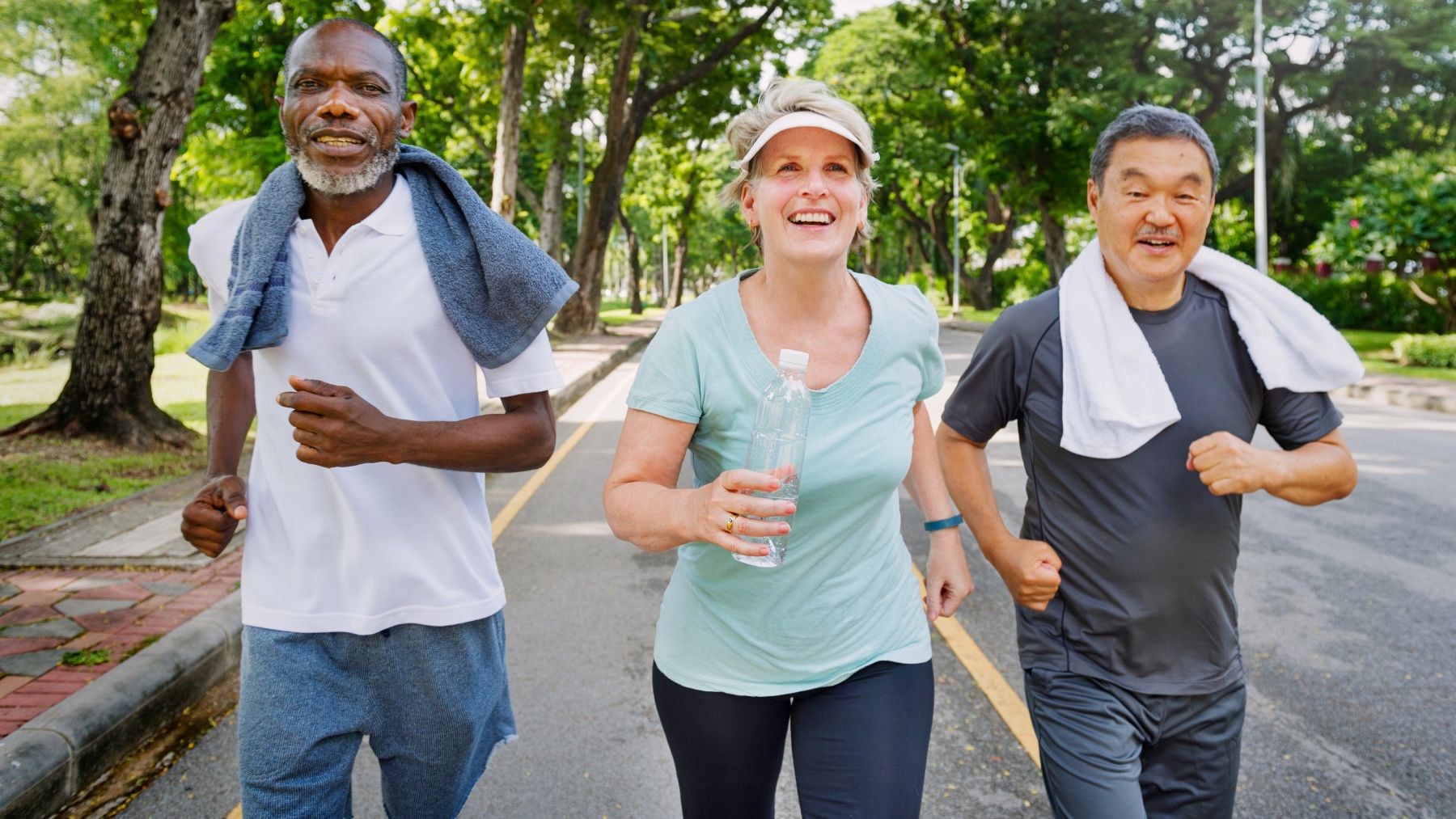Finding an exercise routine that feels beneficial can be challenging when dealing with leg discomfort later in life. While biking and pilates are frequently recommended, they may not be ideal if you experience persistent aching or stiffness in your legs.
For chronic leg issues, incorporating frequent stretching sessions provides distinctive relief. The continuous practice of stretching encourages smoother and safer movement. Let’s explore the main advantages of this activity for seniors over 60.
Why stretching can be a good low-impact workout for leg discomfort
Frequent stretching works on multiple levels by reducing joint stiffness, enhancing flexibility, and gradually building muscle strength. Each stretch gently elongates your muscles, easing tension and expanding your range of motion without causing sudden stress on your joints. This not only makes everyday movements more comfortable but also helps your body adapt over time.
A well-designed stretching routine improves blood circulation, which is vital for reducing inflammation and promoting tissue repair. It also contributes to better balance and coordination. As flexibility increases, your muscles and joints move more freely, which can lower the risk of falls.
Beyond its physical benefits, frequent stretching nurtures a deeper connection between your body and mind. It encourages mindfulness and self-care, prompting you to listen to your body’s needs and adjust your movements accordingly. By focusing on gentle, deliberate motions rather than abrupt or strenuous activities, you develop a more intuitive understanding of your limits and capabilities.
Ultimately, by committing to frequent stretching, you invest in a habit that addresses the fundamental causes of leg discomfort. It combats stiffness and muscle weakness from within, paving the way for improved mobility, reduced pain, and a better quality of life.
Getting started with a safe stretching routine after 60
Before beginning any new exercise program, consult with your doctor or physical therapist to ensure that the stretching exercises are appropriate for your specific leg concerns. Once you have clearance, you can integrate simple, effective stretching techniques into your routine gradually. Here’s how:
- Warm up gently: Start with 5 minutes of light walking or dynamic movement to prepare your muscles and joints.
- Choose a comfortable space: Use a firm yet cushioned surface like a yoga mat in an area where you feel secure.
- Move slowly and smoothly: Avoid abrupt motions and focus on controlled, deliberate movements.
- Listen to your body: Stretch only until you feel a gentle tension rather than pain, and adjust your routine if any discomfort arises.
- Breathe steadily: Maintain a consistent breathing rhythm by inhaling during preparation and exhaling as you hold each stretch.
- Select simple moves: Incorporate gentle leg swings (forward/backward and side-to-side), knee lifts, and ankle circles to build flexibility.
- Stay hydrated: Drink water before and after your sessions to keep your muscles supple.
- Keep sessions manageable: Begin with sessions of 15–20 minutes, two to three times a week, gradually increasing the duration as your strength and flexibility improve.
By remaining consistent in your practice, you’ll likely experience reduced stiffness, enhanced mobility, and diminished leg discomfort. Over time, making frequent stretching part of your weekly fitness regimen can be a sustainable strategy for improving leg function.

